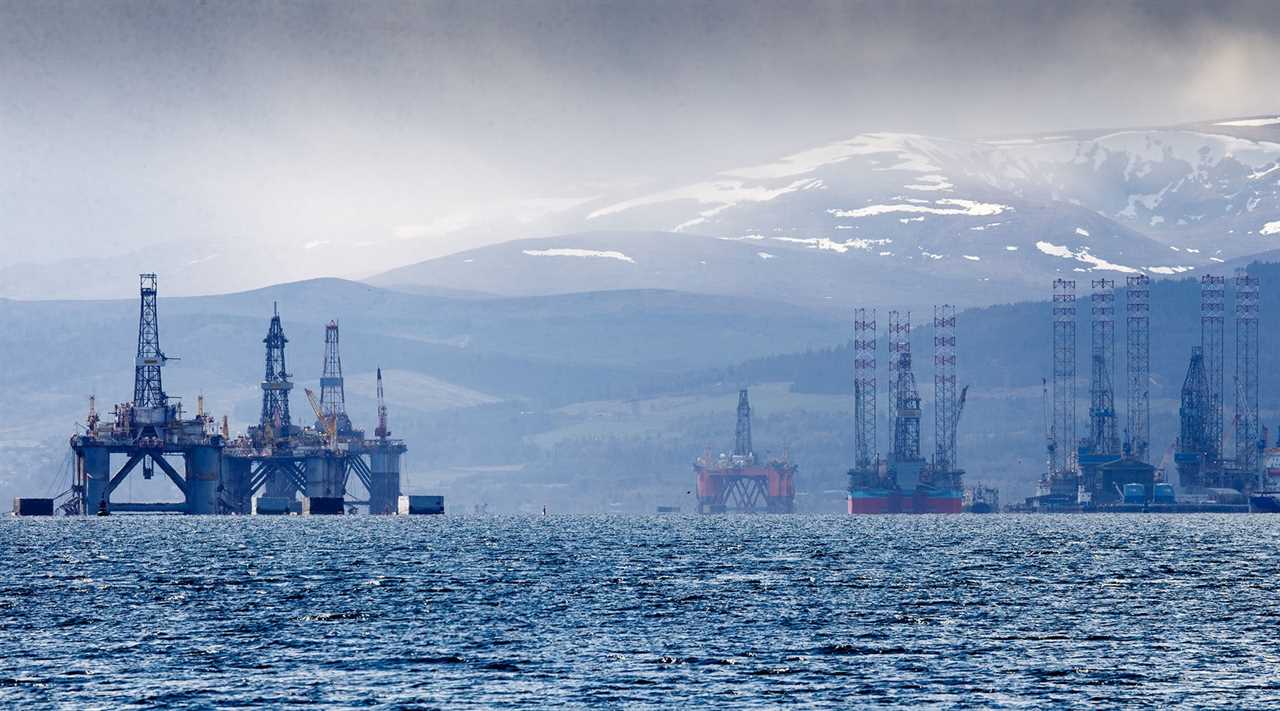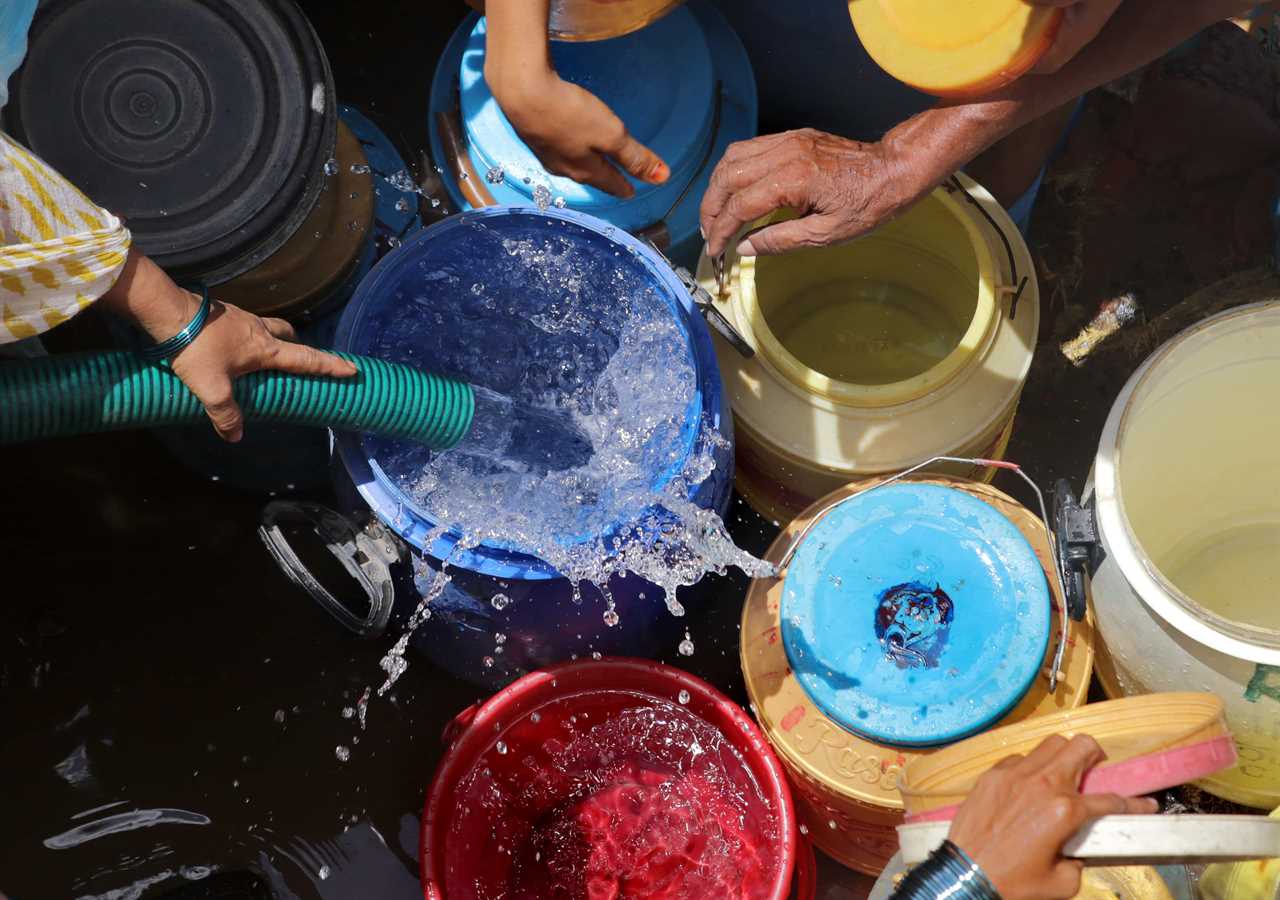The New Nuclear Watch Institute (NNWI) has published the August edition of their ‘Yes to Nuclear’ Perspectives initiative. Previous month we looked at the role of nuclear energy in decarbonising agriculture and food production. This month, we focus on the most crucial substance on earth – water.
Climate change and population growth are placing immense pressure on access to clean water for residential, agricultural and industrial uses. With droughts, wildfires, floods and other natural disasters becoming more frequent as our planet heats up, it is increasingly difficult to overcome natural water shortages.
Urbanization, agricultural expansion, logging activities and pollution from industry are huge emitters of greenhouse gases and the demand for water in these sectors is accelerating. With large areas of land needed for renewable energy production, the small footprint of nuclear power can provide a constant, reliable, and clean source of energy, without having to sacrifice natural habitats or compromise biodiversity priorities.

EPA-EFE//Robert Perry
Clean water
Water covers roughly 70% of the earth’s surface, but only 3% of all water sources are fresh. The remaining 97% is too salty for drinking, growing crops, and most industrial uses except cooling.
Roughly 1/3 of global food production relies on irrigation, which often comes from unsustainable groundwater sources. Disrupted weather patterns and population growth are pushing policymakers and the energy industry to quickly identify solutions.
Isotope hydrology is one potential solution. It uses radioactive isotopes to determine the source of groundwater, recharge methods, the risk of saltwater intrusion or pollution, and the management potential of groundwater. This technique can help farmers to better manage their crops, boost output and ultimately decarbonise their processes.
Saltwater desalination
The oceans represent an abundant natural source of water but remain difficult to access. Saltwater desalination is a nascent industry that could help to meet future demands for fresh water. Nuclear energy offers a clean, economic, safe and readily available solution to this challenge.
Small Modular Reactors (SMRs), from Argentina’s CAREM to the United States’ NuScale project, envisage their possible use in desalination. These SMRs are capable of operating in remote and inaccessible locations suffering from water scarcity. Potentially, they could help to support developing countries in arid climates that desperately need reliable sources of freshwater.
Other notable SMR examples include a floating molten salt reactor being developed by the Danish startup, Seaborg Technologies, and the currently operating Russian-designed “Akademik Lomonosov” and its next-generation counterparts. Rosatom (the Russian State Atomic Energy Corporation) has already signed agreements for the construction of RITM-200 SMR-equipped plants both offshore and onshore. Rosatom also aims to offer such solutions for export.
Heat applications
While the main function of Nuclear Power Plants (NPPs) is electricity production, many countries have expressed interest in applying nuclear energy to help meet ‘difficult to decarbonize’ industrial, commercial, and residential energy demands.
Combining heat and electricity from NPPs has the potential to power district heating for residential and commercial buildings, for industrial process heat supply, and for hydrogen production. Making use of excess heat typically wasted when producing electricity is crucial to mitigating the effects of climate change.
SMRs represent a particularly suitable option for nuclear cogeneration applications and would enable the use of heat available in areas where the size of conventional NPPs are not as well suited. The aforementioned “Akademik Lomonosov” is already supplying heat to the Pevek town in Russia, which is located above the Arctic Circle.
District heating
Heating homes more efficiently is fundamental to reducing carbon emissions. District heating helps improve energy efficiency, reduces emissions, and simplifies operation and maintenance costs.

EPA-EFE//PIYAL ADHIKARY
The high temperatures of advanced reactors also indicate a potential to decarbonise other economic activities. Sodium cooled reactors and liquid metal cooled reactors will be able to produce temperatures up to about 600C which could be used for cement making or steel manufacturing – two of the most carbon-intensive processes in the world.
NPPs have enabled district heating as far back as the 1960s with the Ågesta reactor in Sweden, as well as other examples from Russia and Ukraine. Compared to more distributed heating methods, district heating is regarded as more sustainable as it can lead to an overall reduction in energy inputs.
V4 Countries – A Nuclear Outlook
This month’s instalment of the ‘Yes to Nuclear’ Perspectives investigates the case studies of the V4 countries – the Czech Republic, Hungary, Poland and Slovakia – otherwise known as the Visegrad Group. Hosting five NPPs, 14 reactors and two under construction, nuclear energy is hugely significant here account for just under 50% of the generation mix for Hungary. The Czech utility ČEZ plans to construct two new reactors at its Dukovany NPP and Poland plans to build the country’s first nuclear plant by 2033, and five more are expected to follow by 2043.
The V4 countries are convinced that nuclear power is central to safeguarding their energy interests and ensuring energy sovereignty. Decarbonisation risks coming at the expense of energy security and without access to nuclear energy the attainment of net-zero objectives is simply not feasible. As fossil fuel plants retire, renewables steadily increase and the demand for energy continues to grow, an advanced nuclear energy sector is paramount.
The Programme of the Hungarian Presidency outlines the intention of the V4 to collaborate with other like-minded countries to cooperate on nuclear technology and share the best practice on the disposal of radioactive waste and spent fuel management. High-level ministerial meetings and expert consultations on nuclear energy are expected before the end of 2021.
Bohunice NPP heating network
Slovenske Elektrarne, a partner of NNWI, has developed the Bohunice heating network using a NPP. It is unique in Europe, as the NPP provides a low-carbon source of electricity and heat for district heating in its vicinity.
Not only does it offer an ecological form of heat and power, but it is also more than 30% cheaper than the average price of heat on the Slovak market.
Hot water is reliably provided for end customers – to family houses in Jaslovske Bohunice municipality, schools, offices and industrial companies in surrounding towns. The annual heat supply to the surrounding area is typically around 1.6-1.8 million Gigajoules (GJ).
Nuclear Energy’s role in safeguarding our water supplies
Advanced NPPs have the capacity to go beyond providing zero-carbon electricity and can help to address concerns over water shortages in the international community which have seen major cities such as Cape Town in 2020 introduce rationing.
As freshwater sources are depleted, progress in saltwater desalination technology is desperately needed. Nuclear technology offers a tried and tested answer to one of the most difficult questions to come for policymakers – How can we ensure access to water across industries?
The ‘Yes to Nuclear’ Perspectives initiative again implores governments to respond to calls from leading nuclear industry bodies to invest and adopt advanced nuclear technologies. To meet the ambitious targets of the Sustainable Development Goals (SDGs) and with COP26 around the corner, the global community needs to quickly recognise the capacity of nuclear energy to heat our homes, replenish drinking stocks, and ultimately, save our planet.
-------------------------------------------
By: Nicholas Waller
Title: Water and the nuclear solution to safeguard our most precious natural resource
Sourced From: www.neweurope.eu/article/water-and-the-nuclear-solution-to-safeguard-our-most-precious-natural-resource/
Published Date: Tue, 21 Sep 2021 13:24:48 +0000
Read More
Did you miss our previous article...
https://badpoliticians.com/uk-politics/central-asia-will-be-europes-bridge-between-afghanistan-and-europe
 UK PoliticsWorld PoliticsVideosPrivacy PolicyTerms And Conditions
UK PoliticsWorld PoliticsVideosPrivacy PolicyTerms And Conditions
